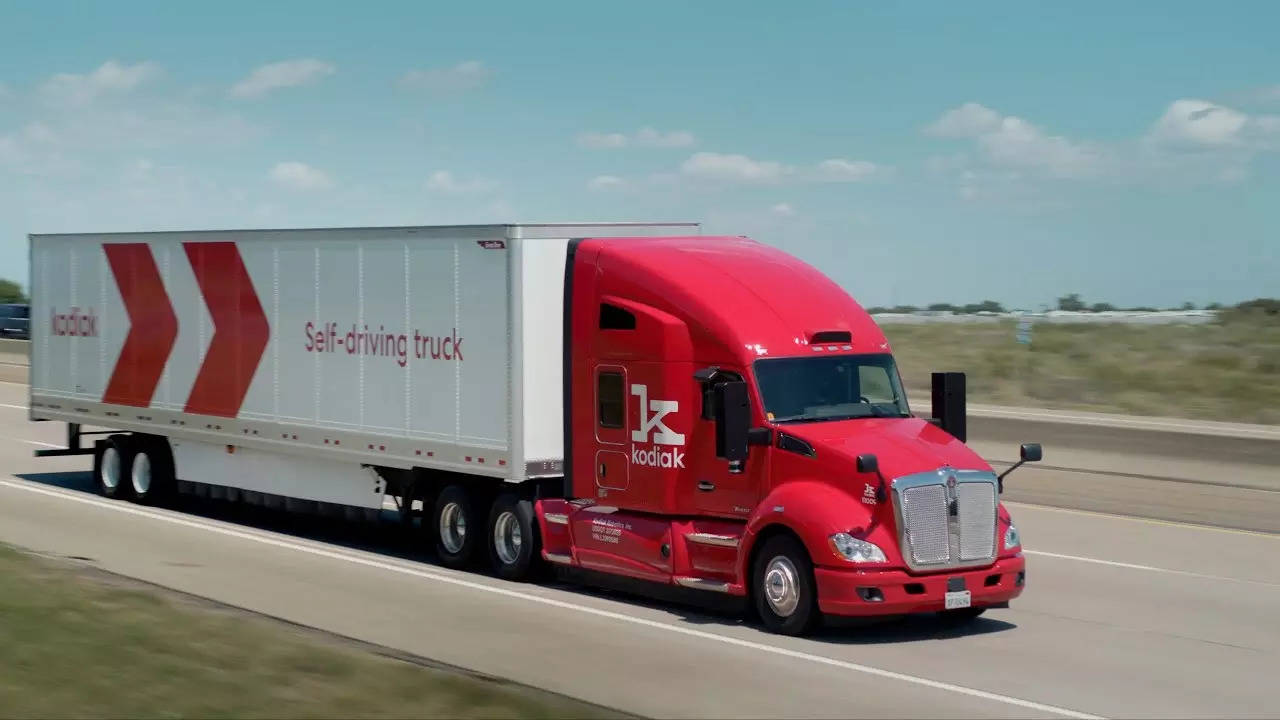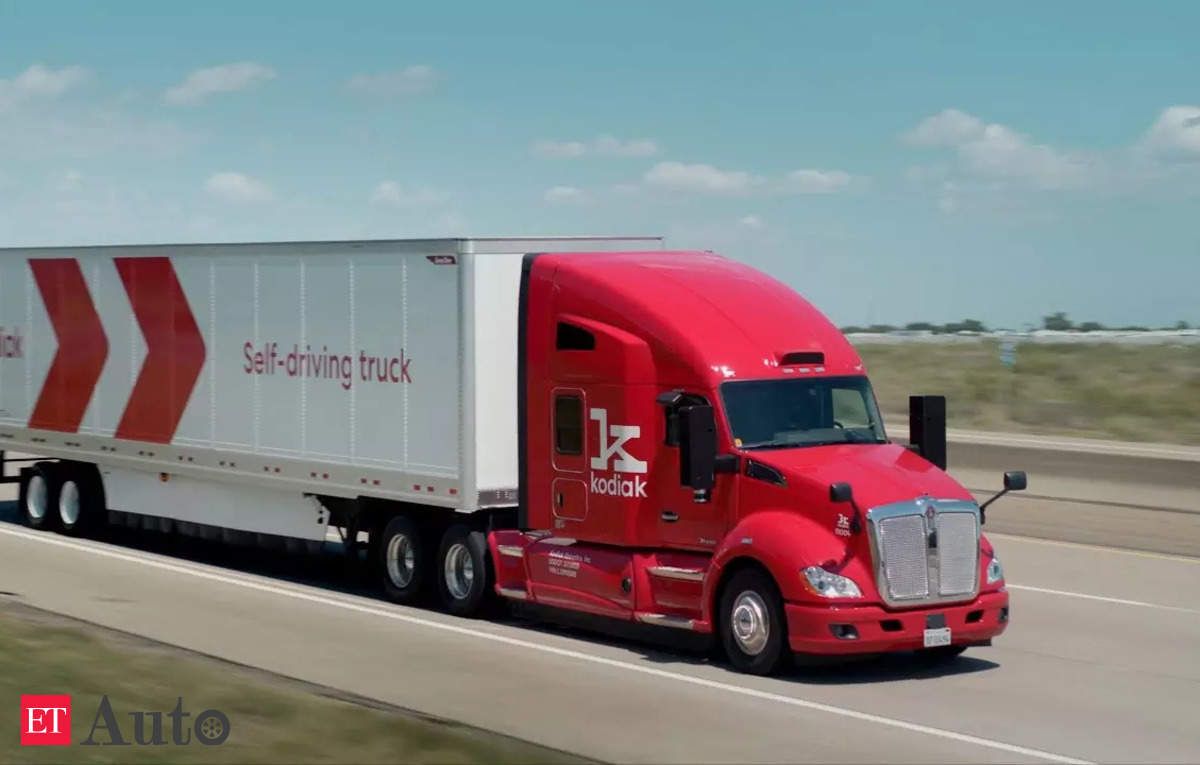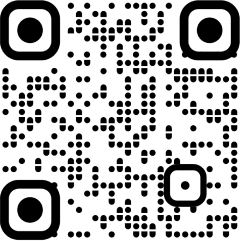
Quresh Sutarwala is helping build autonomous trucks. The Mumbai boy is the systems engineering lead at Kodiak Robotics, a California company that’s been among the first to put autonomous trucks on highways. Kodiak trucks have covered the 330 km from Dallas to Houston in 3 hours and 15 minutes with the human driver doing almost nothing but keeping an eye out.
The company’s technology stack – called Kodiak Driver – covers perception (seeing the world), planning (deciding how and where to navigate), and control (controlling brakes, steering and accelerator) to drive autonomously on highways. Quresh leads the efforts for developing testing frameworks that ensure a high safety, quality, and performance standard. “Put another way, I develop the tests, test methods and pass/fail criteria that the Kodiak Driver is evaluated against to ensure safety, reliability and quality of the technology product. I also contribute to the design of the architecture of the Kodiak Driver and development of software algorithms for safety assurance of the selfdriving autonomous vehicle,” he says.
Quresh grew up in the Mumbai suburbs of Andheri, graduated from DJ Sanghvi College of Engineering, and went on to do a Master’s in electrical engineering, with a minor in computer science, at the University of Minnesota. His first job was at Cummins, the designer and maker of fuel engines and generators, where he worked for eight years in areas like controls, diagnostics, and system integration. He then led the hardware systems engineering at Nuro, a California robotics company that develops autonomous delivery vehicles.
“From my undergraduate days, I was excited about robotics and controls. As my career progressed, I realised that working on autonomous vehicles was the perfect intersection of robotics technology and the automotive industry,” he says.
The technology for autonomous vehicles is a combination of complex hardware and software systems that include using advanced sensors such as Lidar, radar, high-resolution cam eras, advanced computing devices, multiple redundancies in brakes and steering, and deploying AI/ML, and traditional control systems.
Quresh holds two patents. One is on low voltage power systems for autonomous vehicles in relation to the redundant power system design. “It guarantees that safety systems always have power for operation,” he says. The second patent is in electric power trains. “It was a controls algorithm that ensures that an electric bus or truck will never roll backwards when on a slope, so you don’t have to worry about hitting the person behind you in stop-and-go traffic when driving on inclines. Like in San Francisco, which is a very hilly city. The customer we did it for at Cummins appreciated the work,” he says.Autonomous trucking in the US, Quresh says, is solving for driver shortage, safety and efficiency. These trucks, he says, have the potential to reduce risks due to human error and negligence. And they never get tired.









